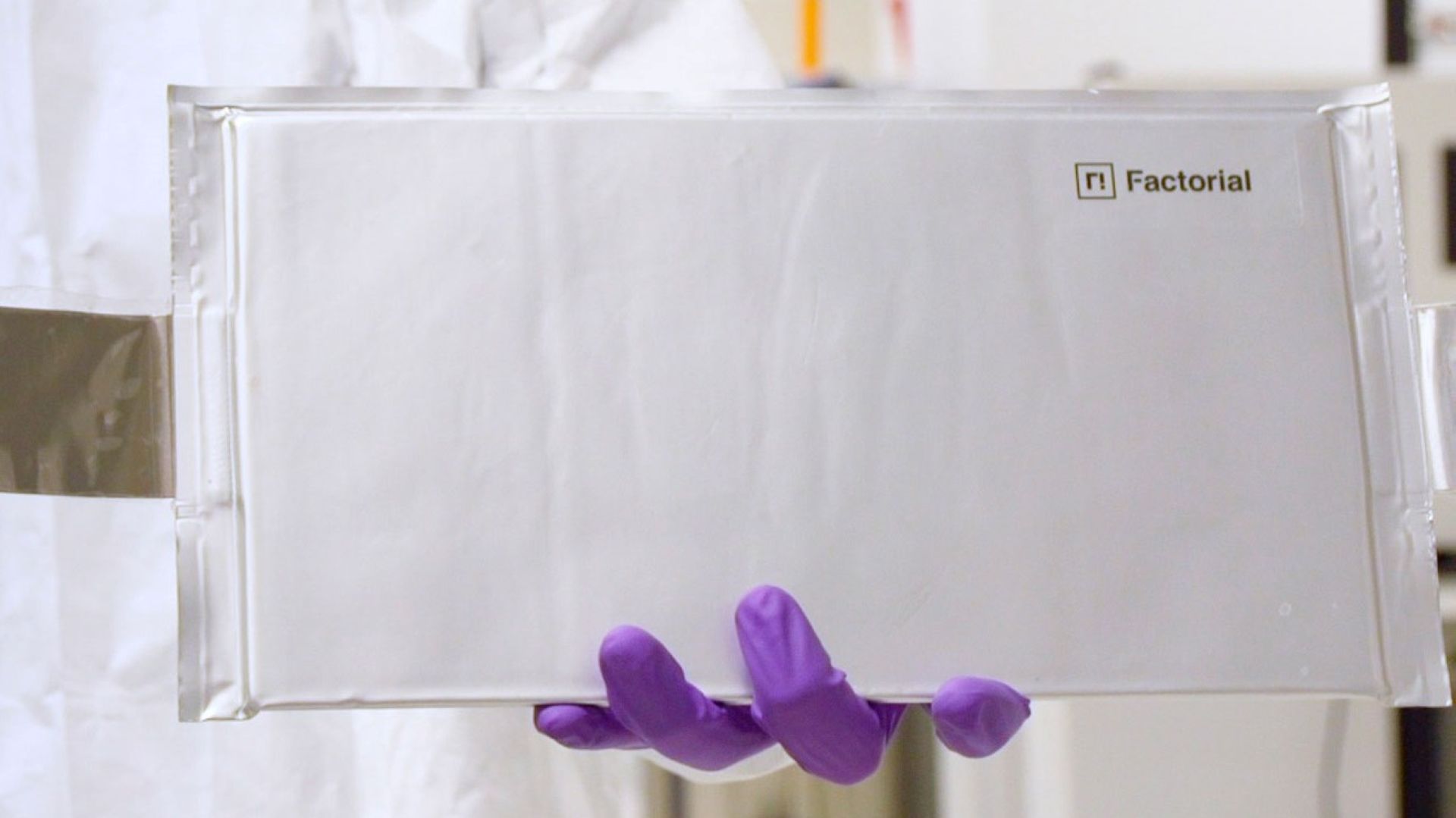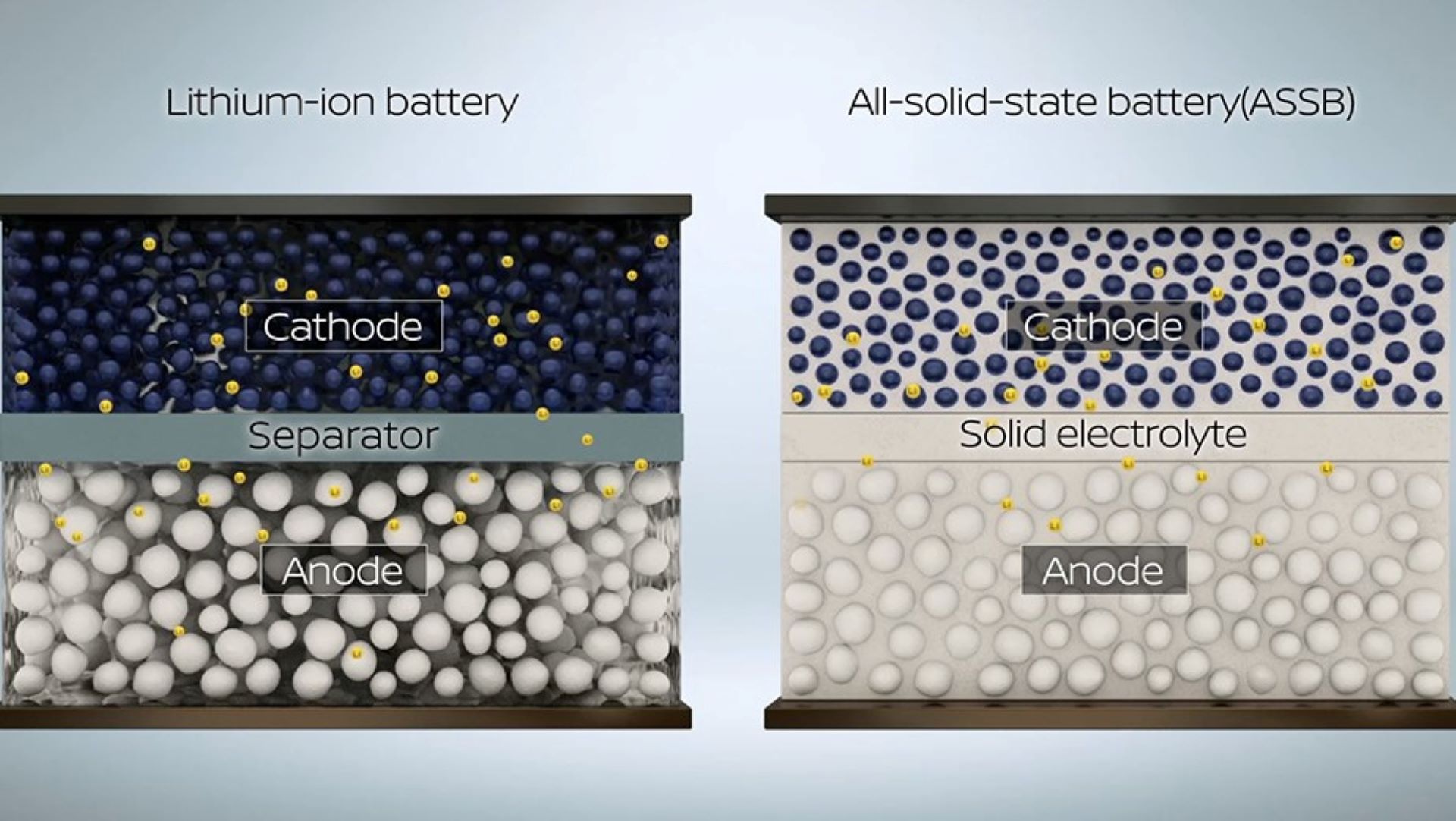Mercedes-Benz has played a significant role in the innovation and development of the automotive industry. With more than a century in the business, they are the number-one brand when it comes to luxury, technology, and safety. While there are more luxurious brands out there, they are much more expensive, exclusive, and not as innovative as Mercedes-Benz. However, Mercedes-Benz decided to venture into the exclusive luxury segment with another sub-brand.
Maybach, originally an ultra-luxury brand under Daimler-Benz, was created to cater to ultra-wealthy individuals who desired a more luxurious and exclusive vehicle, while still providing the build quality of a Mercedes-Benz. The Maybach brand gained popularity among rappers and entertainers, even leading to the establishment of a record label named Maybach Music Group owned by rapper Rick Ross. However, Maybach lacked the cutting-edge technology found in its Mercedes counterparts, which hindered its success in the long run.
Maybach Was Founded In 1909 And Mercedes In 1926
Contrary to common belief, Maybach was initially an independent company and not directly associated with the Mercedes brand. It was founded by Wilhelm Maybach and his son Karl Maybach in 1909 after Wilhelm left the Daimler Motors Corporation. They began by manufacturing diesel airplane engines before producing their first car, the Maybach W1, in 1919. The company produced 12 different models before being acquired by Mercedes in 1960.
Mercedes-Benz, on the other hand, was originally founded in 1926 as Daimler-Benz by Gottlieb Daimler, who owned Daimler Motors Corporation, and Karl Benz. Mercedes has since been recognized as a pioneer in automotive technology and is one of the most well-known and longest-standing luxury automotive brands in history. To this day, the brand continues to flourish with its Performance AMG and Maybach Luxury divisions.
What’s The Difference Between Mercedes And Maybach
Mercedes-Benz serves as the main brand, offering a wide range of vehicles in its lineup. It includes everything from the affordable A-class to luxurious S-class models, as well as small crossovers and large, luxurious family SUVs. The goal is to provide cars for customers who still desire the accessible Mercedes brand, while also catering to wealthy individuals.
Maybach, on the other hand, focuses on creating bespoke ultra-luxury cars based on Mercedes vehicles, specifically designed for the wealthy. These cars are sold in limited numbers and offer extensive customization options beyond what regular Mercedes cars provide. Maybach vehicles pride themselves on attention to detail, whether it be the quality of materials used or the exquisite craftsmanship for which the brand has become known.
The Maybach models, including the Maybach 57, 62, and the one-off Exelero, were all produced in limited numbers and carried hefty price tags. Maybach’s meticulous manufacturing process and unparalleled features set it apart from regular Mercedes vehicles.
The Maybach 57 And 62 Were Based On The W140 S-Class
Under Mercedes ownership, Maybach did not release another vehicle until the Maybach concept in 1997, which was based on the W140 Mercedes S-class produced between 1991-1998. This particular S-class model was renowned for its exceptional build quality, making it an ideal platform to create an ultra-luxury vehicle. However, Maybach did not launch the finished product until 2002.
The Maybach 57 and 62 models were introduced in 2002, but they still utilized the older W140 S-class chassis. During that time, the new W220 S-class had just been released with upgraded features and technology. However, Maybach excelled in terms of technology and comfort features, surpassing even Rolls-Royce. The Maybach models were also longer than any S-class variant available at the time, catering to owners who desired chauffeured transportation.
In 2008, the Maybach brand ranked number one ahead of Rolls-Royce and Bentley in the Luxury Brand Status Index. These vehicles became highly sought after by wealthy individuals, with rappers like DJ Khaled, Rick Ross, and Birdman featuring them in their music videos. Despite Mercedes-Benz producing other noteworthy vehicles, Maybach received significantly more media attention.
Maybach Was Canceled In 2012 Due To Poor Sales
While Mercedes had a successful lineup of vehicles that consistently achieved strong sales, Maybach struggled with poor sales figures. Maybach only produced two models with various variations and one concept car:
- Maybach 57
- Maybach 62
- Maybach Landaulet (one-off concept)
Despite having a wealthy clientele, Maybach proved to be a financial burden for Mercedes-Benz due to its high production costs. The vehicles carried hefty price tags, with the base Maybach 57 starting at $366,000 and the Landaulet exceeding $1.3 million. In comparison, the S-class models ranged from $70,000 to $180,000, while Rolls-Royces started at $300,000. Moreover, Rolls-Royce outsold Maybach, further impacting its sales performance.
In the decade of its production, Maybach projected annual sales of 2,000 cars, but ultimately sold just over 3,000 units. In contrast, Rolls-Royce sold 2,711 cars in 2010 alone. Furthermore, the W211 S-class sold 11,200 cars in its worst year (2009) and over 30,000 in 2006 in the United States alone. Plans were being made for a new generation of Maybach vehicles in collaboration with Aston Martin, alongside the new Aston Martin Lagonda. However, with only 44 Maybachs sold in 2011, the brand was discontinued in 2012.
Maybach Is Now An Ultra-Luxury Trim For The Mercedes S-class
In 2015, Mercedes revived the Maybach name as an ultra-luxury trim level of the S-class. The first car under this revival was the Mercedes Maybach S600, accompanied by the Vision Mercedes Maybach Concept 6 showcased in 2016, which provided a glimpse of the future Mercedes design language. Current Maybach models, such as the S-class and GLS, offer more luxury features, exclusive Maybach badges, and unique paint schemes. However, these models do not feel significantly different from a regular S-class, as many of the options can be included in the standard model.
In summary, Maybach, once an affluent brand that carved a niche for itself, has been reduced to a higher trim level with special options within the Mercedes-Benz lineup.












